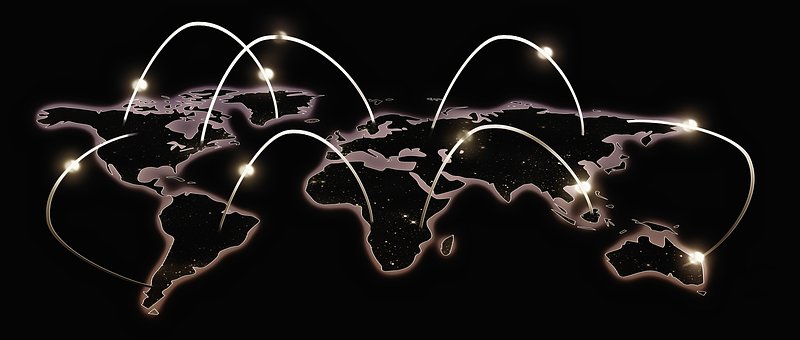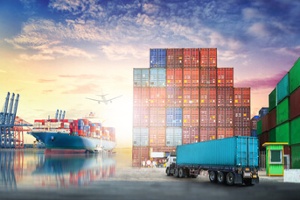The OEM Perspective on Regionalization


Eric Miscoll
The EMS industry has for decades been reconfiguring and expanding its geographic footprint in pursuit of cost savings and in response to OEM perceptions about emerging markets. This issue is especially relevant today in response to the tariff wars being waged globally and with the increased focus on regionalization (i.e., build in region for region).
We covered this topic last year. And then again earlier this year.
Here’s what we asked our OEM panel this month followed by some of their verbatim comments.
What expectations do you have of your EMS partner(s) in terms of its geographic footprint?
“Global presence with comparable capabilities across facilities to give us the flexibility to move production as required to support our customers’ ever changing requirements. Also, by having a global presence and standard processes and equipment, they are providing a significant contribution to our business continuity planning (BCP) procedures.”
“Our organizational strategy is to build in the region located near our end product manufacturing. Based on this, we work with our EMS providers to ensure capacity and capability are available in those regions. For instance, our Mexican EMS provider ships product to our Mexico manufacturing site. We have not ‘chased’ low cost regions because they, too, come at a cost that may not be readily apparent when you are discussing unit landed price with the EMS provider. Travel requirements, cultural and/or language barriers, and training issues are all hidden costs should all be considered when looking for the next low-cost region.”
How has your EMS done in terms of managing the tariff issue?
“Not much so far as the impact to us has been minimal; they have tried to pass some costs along to us and we are pushing back.”
“Only one of our EMS providers has been impacted by the tariff issue, which they have worked on alleviating by setting up an import location into Mexico instead of the US for components sourced from China. This has helped our organization in maintaining our expected standard costs.”
Besides lower labor costs, what other support do you expect from your EMS in emerging markets? Have your partners satisfied those expectations?
“We do not chase lower labor costs; we look at total lowest landed cost. Therefore, the EMS partner has to provide what I highlighted in my first reply above. If we can achieve a cost reduction in the process, that is a bonus.”
“We have not chased emerging markets at this time. I expect at some future date it will become an organizational strategy to look further into this (and is probably already in process with higher level executives), at which time my expectations for support would be mirror image manufacturing with the processes and procedures in place to support our requirements in the same manner as our existing support. The hidden costs I have noted above will be very much in play and would need to be fully understood when embarking on the pursuit of lower labor costs in emerging markets.”
“I think that both the markets and consumers have evolved since the initial high volume / chase low labor cost models were put in place over the past 25 years. Today, customers of even mission critical items expect to order as simply as ordering a BIG MAC on their iPhone, and receive the product within the next few hours.”
One of our respondents elaborated on his/her experience with Total Cost of Ownership
“Under the previous scheme, the solution was to build mass quantities of the same (or similar) item, then place inventory around the world to support the lead time to the customer (even then, it was tough for the customer to wait 4-6 weeks). This led to a reduced piece part price, but in the end, unless managed extremely tightly and carefully, the total cost was huge when considering the overall life cycle, the velocity of changes, the extreme customization often required by today’s customers. Think building a red car, and then a blue car, and a black car right behind – this process has evolved. Actually, this is a great metaphor: where Ford used to sell only black cars, we then moved onto color batches, and now we build the color wanted on the line, when we want to; no need for inventory investment ahead of the demand. Inventory kills a product, especially if it is subject to frequent hardware updates. If the supply chain is long, then it takes too long to adjust to demand or design changes, which results in even more opportunities to reduce your earnings with old unneeded inventory.
“In the end, as the customer and their tastes/expectations change, we will see more and more ability to produce in the region for the region. Specifically, on the items requiring complexity or high cost for logistics.
“We have the tariff issues to consider now as well. In the end, developing additive technologies (i.e. 3d printing) along with ability to expand all aspects of the manufacturing environment into “digital 4.0+”, regionalization will be the preferred model. It can be surprising to review total cost across a PLC versus piece part prices. Based on my experience, very few items are actually manufactured at the volume levels of iPhone or printers. Therefore, it may surprise you to learn that building in the region for the region, just may actually provide you with the lowest total cost of ownership. Not to mention that with such assumed agility, you are not saddled with “operativity loss” that may come with having the wrong part in the wrong quantity in the wrong geography. Some companies spend a fortune rebalancing global inventory positioning in order to meet sales cycle, etc. I am curious how many companies really trace this back to understand the full cost of a product level.”
So it would seem that the global hunt for low cost labor rates has fortunately run its course. Regionalization has always been the most sensible solution from a Total Cost of Outsourcing perspective, and the rise of new business models and expanded service offerings among innovative EMS companies, featured in EMSNOW throughout this year, has also underscored the validity of a build in region for region strategy.
There really is no first or third world in electronics manufacturing now as there was when global outsourcing began. There are just current and future customers, and OEMs are focused on serving them flawlessly. Global labor rates equalized far more rapidly than most predicted and labor was never the biggest cost factor in electronics anyway. The tariff issue has just brought new urgency to a trend that is better for the OEMs and their customers.












